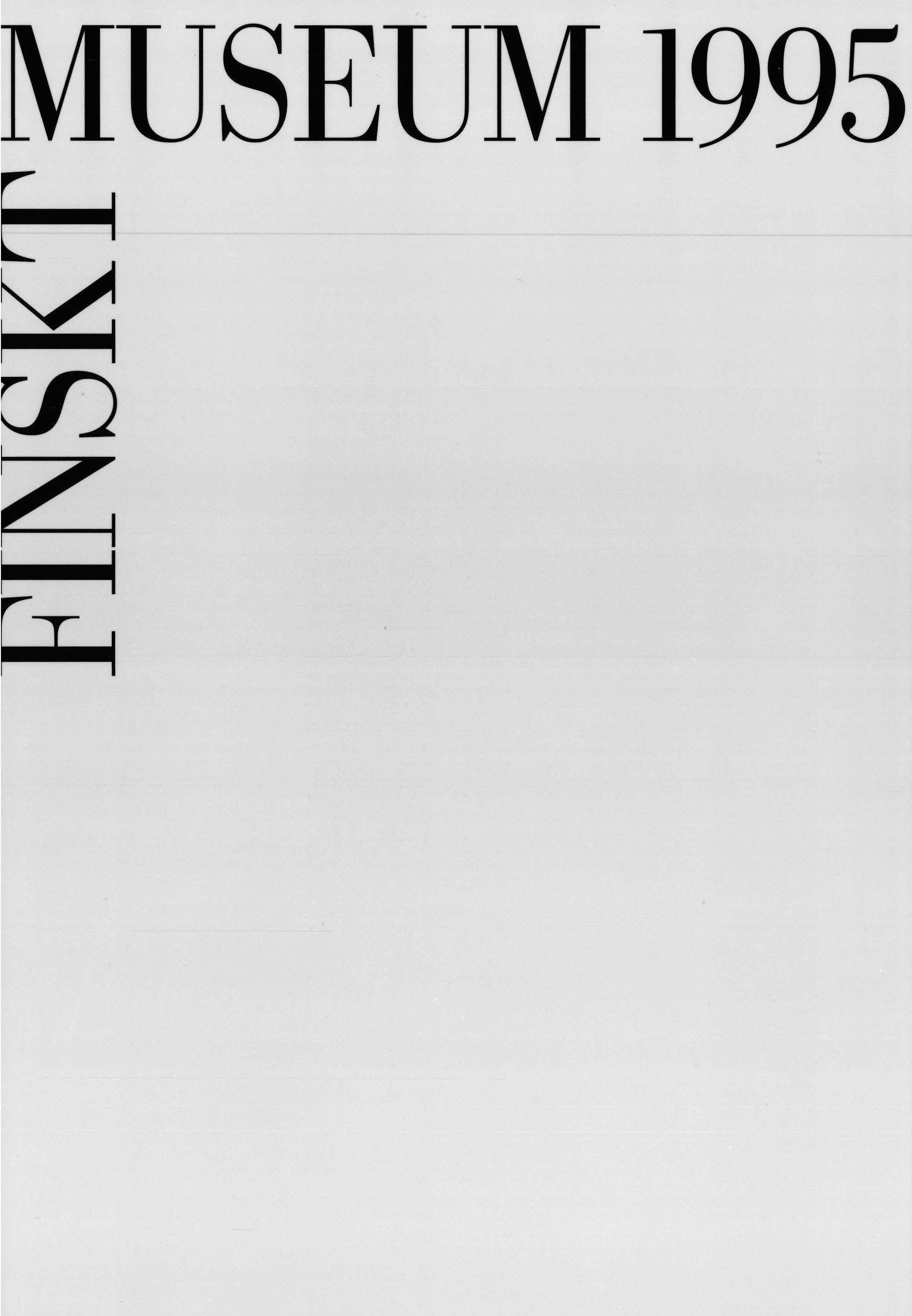Site formation processes and vertical stratigraphy in Finland
Abstract
The absence of vertical stratigraphy from the majority of Finnish Stone Age sites has been a given through most of our research history. The only generally acknow ledged stratigraphic dimension has been "horizontal stratigraphy", or the gradual chronological change following the elevations of the sites above the present sea level. The accepted model of the formation of thick cultural layers has been the penetration of the material deeper and deeper into the soil through trampling during long-term or recurrent occupation. This paper attempts to show through examples drawn from experimental archaeology and from the analyses of the Ala-Jalve site in Utsjoki that there is a maximum limit to the penetration achieved through trampling, and that the formation of cultural layers exceeding the maximum trampling thickness requires other explanations. Understanding the formation processes of cultural layers is essential for accurate site analyses. The Ala-Jalve results show that the possibility of vertical stratigraphy is worth taking into account even on sites where no distinct layers are visible in the section.

